Nature-Based Solutions
What are Nature-based Solutions (NbS) for adaptation?

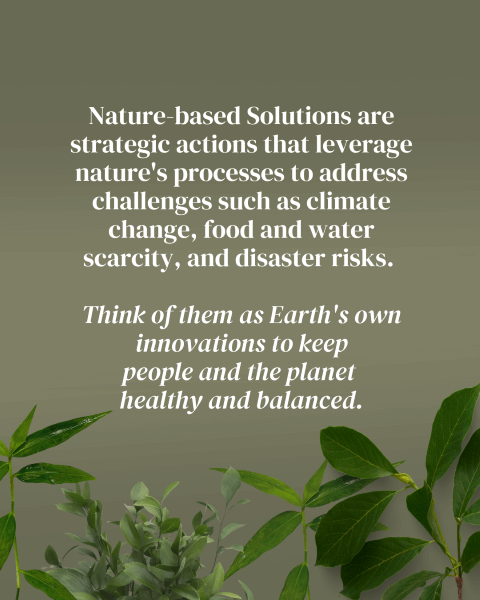
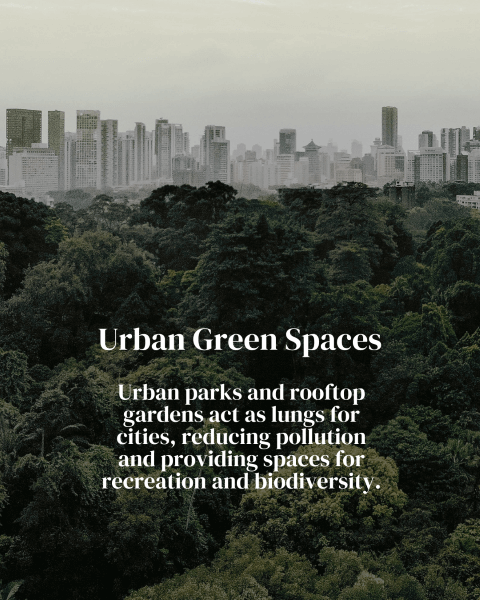
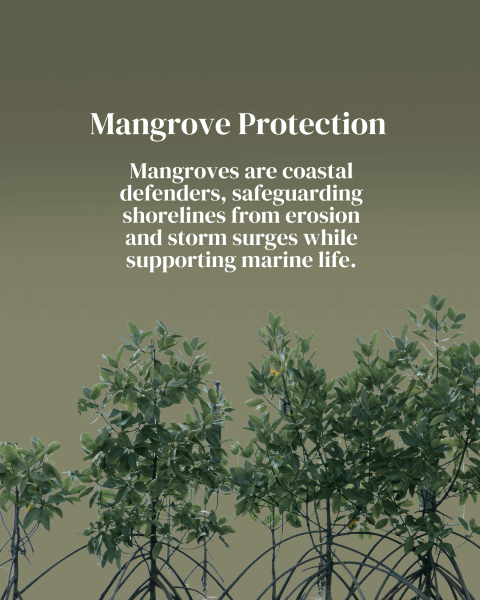


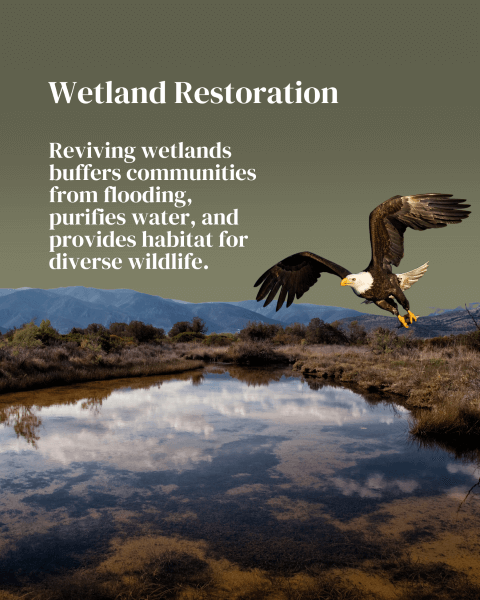
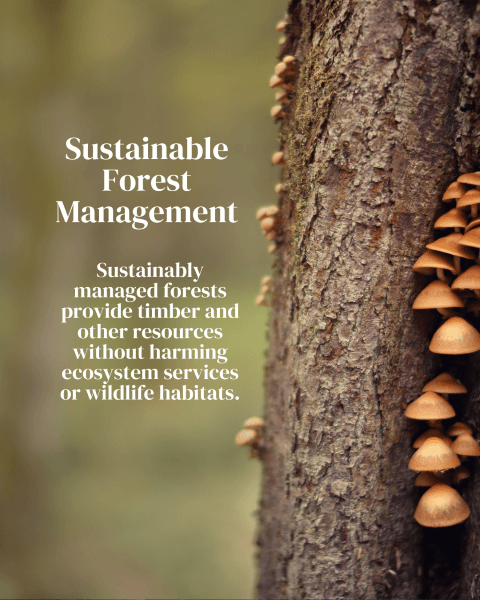
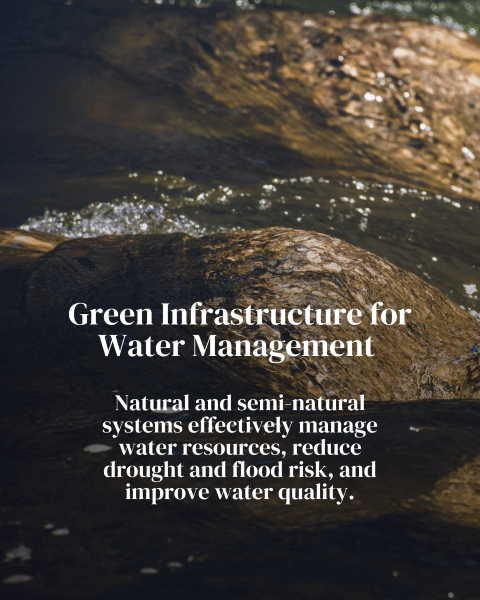
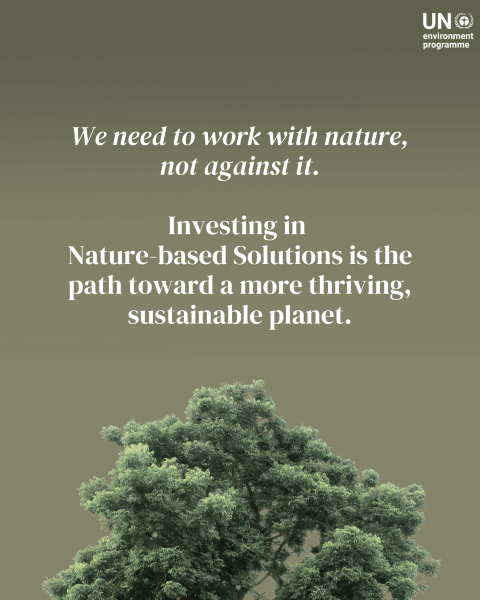
The United Nations Environment Assembly (UNEA 5.2/EA 5) defines Nature-based Solutions (NbS) as measures aimed at protecting, conserving, restoring, sustainably using and managing terrestrial, freshwater, natural or modified coastal and marine ecosystems that address social, economic, and environmental issues in effective and adaptive ways, while ensuring human well-being, ecosystem services, resilience, and biodiversity benefits.
NBS provide a variety of co-benefits:
- Generation of alternatives to livelihoods such as urban agriculture.
- Improvements in the health of citizens, through the conservation of urban ecosystems and their ecosystem services.
- Reduction of the risk of flooding through permeable pavements and promotion of the creation of rainwater collection points, increasing decarbonization in these areas and thereby reducing the effect of climate change on cities.
NbS encompass a wide range of climate change mitigation and adaptation measures by conserving the environment, creating habitats for endangered species and reducing carbon emissions.
They contribute to addressing climate change and improve urban resilience by using nature to deliver social, ecological and economic benefits. They include a number of innovative approaches such as Ecosystem-Based Adaptation (EbA), on which the CityAdapt project is founded.
What qualifies as NbS?
3 elements and 5 criteria help answer Is this approach NbS or not?
Elements

Help people adapt to climate change
Criteria
1. Reduces social and environmental vulnerabilities It explicitly addresses climate change and climate vulnerability assessment, as well as the benefits of adaptation.
2. Generates social benefits in the context of adaptation to climate change Reduces the vulnerabilities of people through the use of biodiversity and ecosystem services.

Through active use of biodiversity and ecosystem services
3. Restores, maintains or improves ecosystem health supports, fosters connectivity and the multiple roles of ecosystems.

In the context of a general adaptation strategy.
4. Receives policy support at multiple levels. It operates at different levels (local, national, regional).
5. Support equitable governance and enhance capacities
A community-centred approach, with a gender perspective and requires active participation.
NBS in cities
Ecosystems play an important role in maintaining the natural features that make urban landscapes safe and livable environments. Cities depend on local ecosystems as they provide a variety of services that directly benefit urban dwellers, for example:
- The provision of quality water for human consumption (thanks to the regulation capacity of forests)
- Water drainage (through permeable areas that infiltrate rainfall)
- Shade provision and heat absorption by foliage
- Or the control of erosion and prevention of landslides due to vegetation on slopes and in riparian areas.
Peri-urban ecosystems provide provisioning and regulating services in a more indirect way, such as river basins that maintain water quality and quantity, as well as wetlands, mangroves or forests, which can help mitigate the impacts of storm surges on coastal areas or prevent soil erosion on the banks and riverbeds.
Nature-Based Solutions (NbS) can play an important role in reducing vulnerability and risks related to rising temperatures, flooding and water scarcity. They can reduce soil compaction, mitigate the heat island effect, and improve water storage capacity in urban basins.
In practice, NBS for adaptation include approaches based on the design and improvement of green and blue infrastructures such as urban parks, green roofs and facades, tree planting, river conservation, ponds, as well as other types of interventions. that use ecosystem functions to provide some form of adaptation to climate risks.
NbS diagram in the sustainable development framework
In addition to practical measures, NbS requires a major change of approach in the decision-making process at the institutional and planning level, which can be summarized in three main aspects:
- Facilitate intersectoral cooperation (for example: public works with environment and water management agencies)
- Increase the spatial planning framework to design development plans considering the basin where the cities are located
- Allow citizen participation in decision-making processes


Adaptation in cities and the Sustainable Development Goals
The achievement of the 2030 Agenda and the Sustainable Development Goals (SDGs) is a priority for States and the international community. Through the NbS, CityAdapt has a comprehensive approach that allows it to contribute to the targets of the following SDGs:
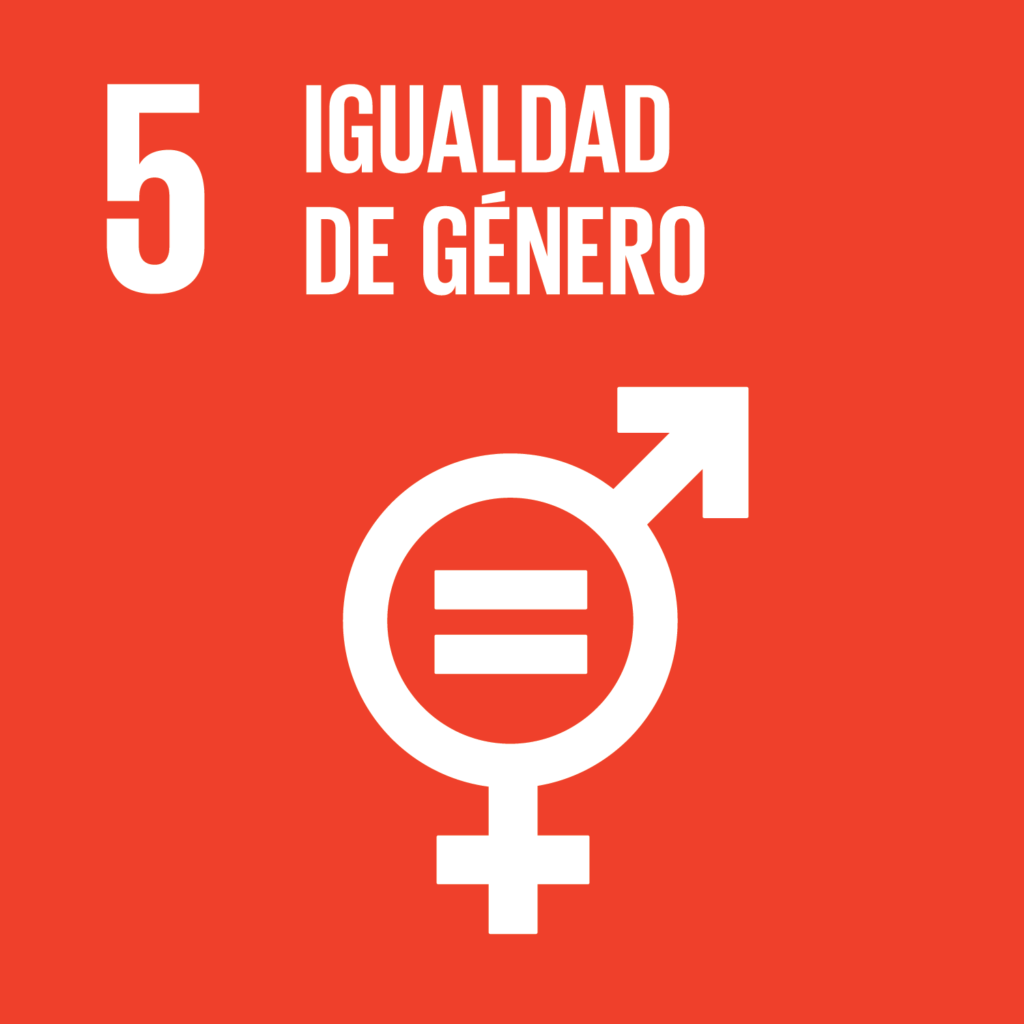
SDG 5: Gender equality. Vulnerability studies integrate gender-sensitive indicators in a way that helps make the approach visible within the prioritization of activities. In this way, activities are developed where the women of the communities are involved in the processes as beneficiaries and implementers of the NBS.
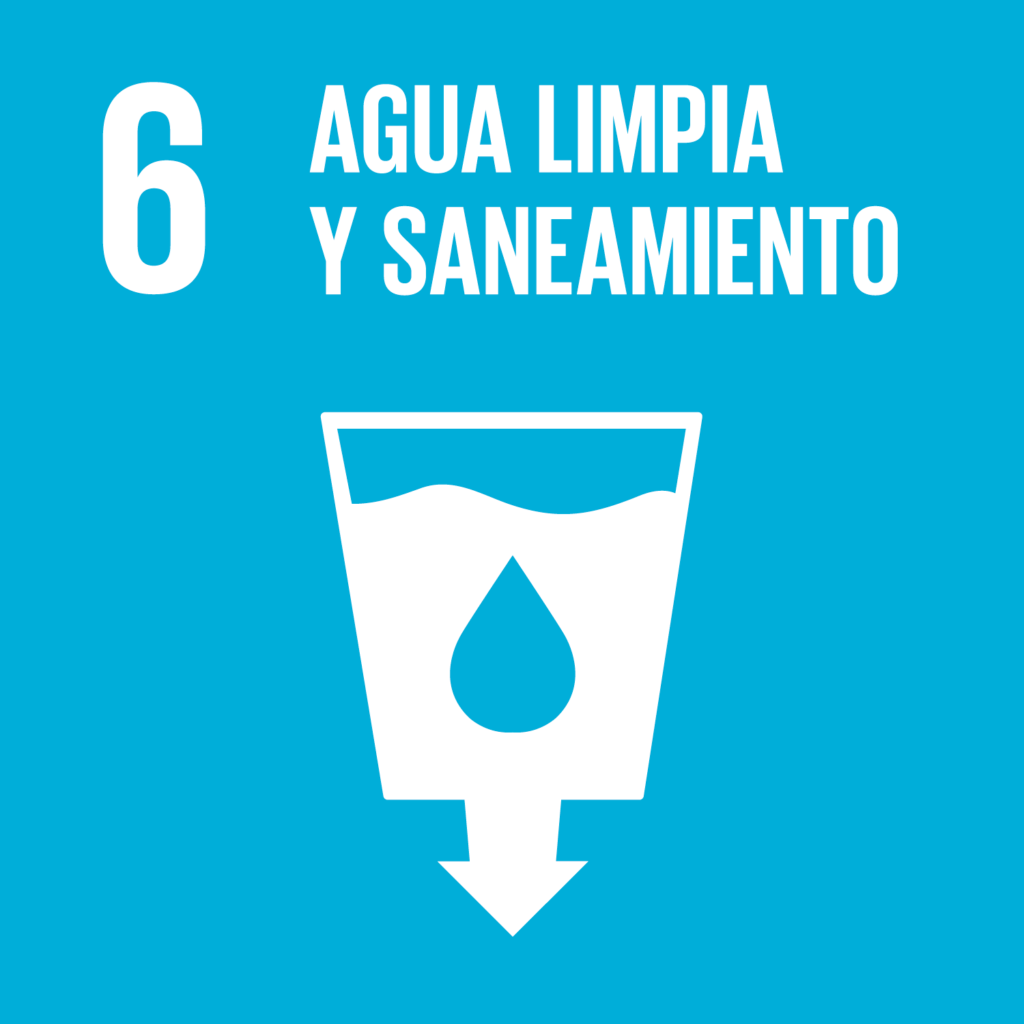
SDG 6: Clean water and sanitation. The restoration of ecosystem services in urban basins and the implementation of rainwater harvesting systems contribute to the provision of clean water and sanitation, while making the gray infrastructure of cities more resilient, helping to manage storm surges. .

SDG 11: Sustainable cities and communities. The reconnection of cities and nature in harmony favors sustainability. It focuses on inclusive and sustainable urbanization by increasing the capacity for participatory, integrated and sustainable planning and management of human settlements. It seeks to safeguard natural heritage, present alternative economic activities and provide universal access to safe, inclusive and accessible green areas and public spaces.
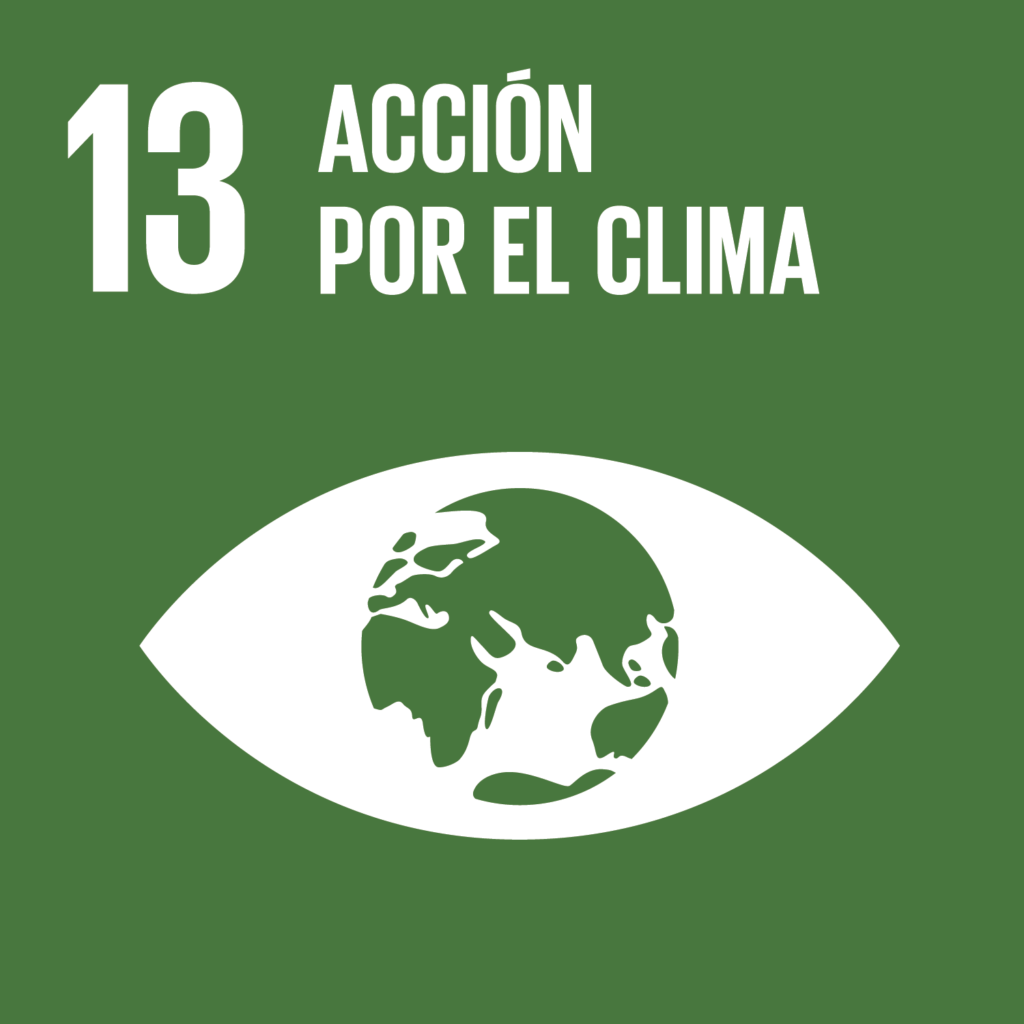
SDG 13: Climate action. Recognizing that climate change has and will have a negative impact on the economy, the lives of people and communities, the project presents solutions that seek to mitigate its effects and provide adaptation tools for vulnerable communities.
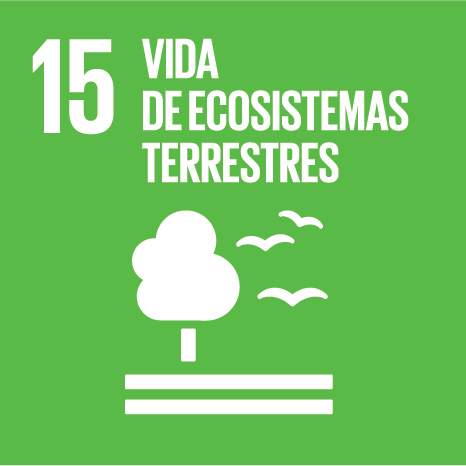
SDG 15: Life on Land Ecosystems. Ecosystem restoration is the spearhead of CityAdapt. This approach is realized among others through the restoration of the riparian vegetation of San Salvador using plant species resistant to flooding, restoring the Hope basin that surrounds Kingston with native species of trees resistant to drought such as Talipariti elatum (Blue mahoe) and developing alternative economic activities such as the sustainable production of edible mushrooms in Xalapa.
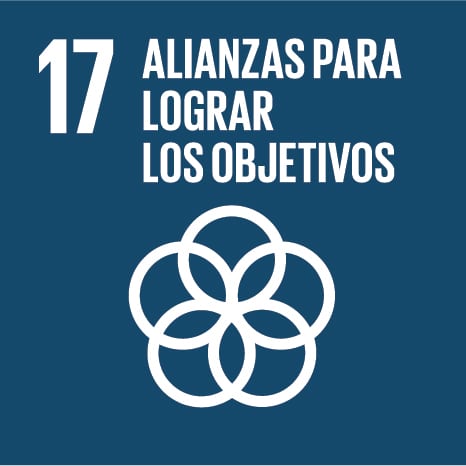
SDG 17: Partnership to achieve the goals. CityAdapt activities are carried out in conjunction with the participation of municipal actors through citizen consultation processes and work with local institutions. States, the private sector, civil society, NGOs and academic entities are strategic partners to achieve the goal of CityAdapt.
